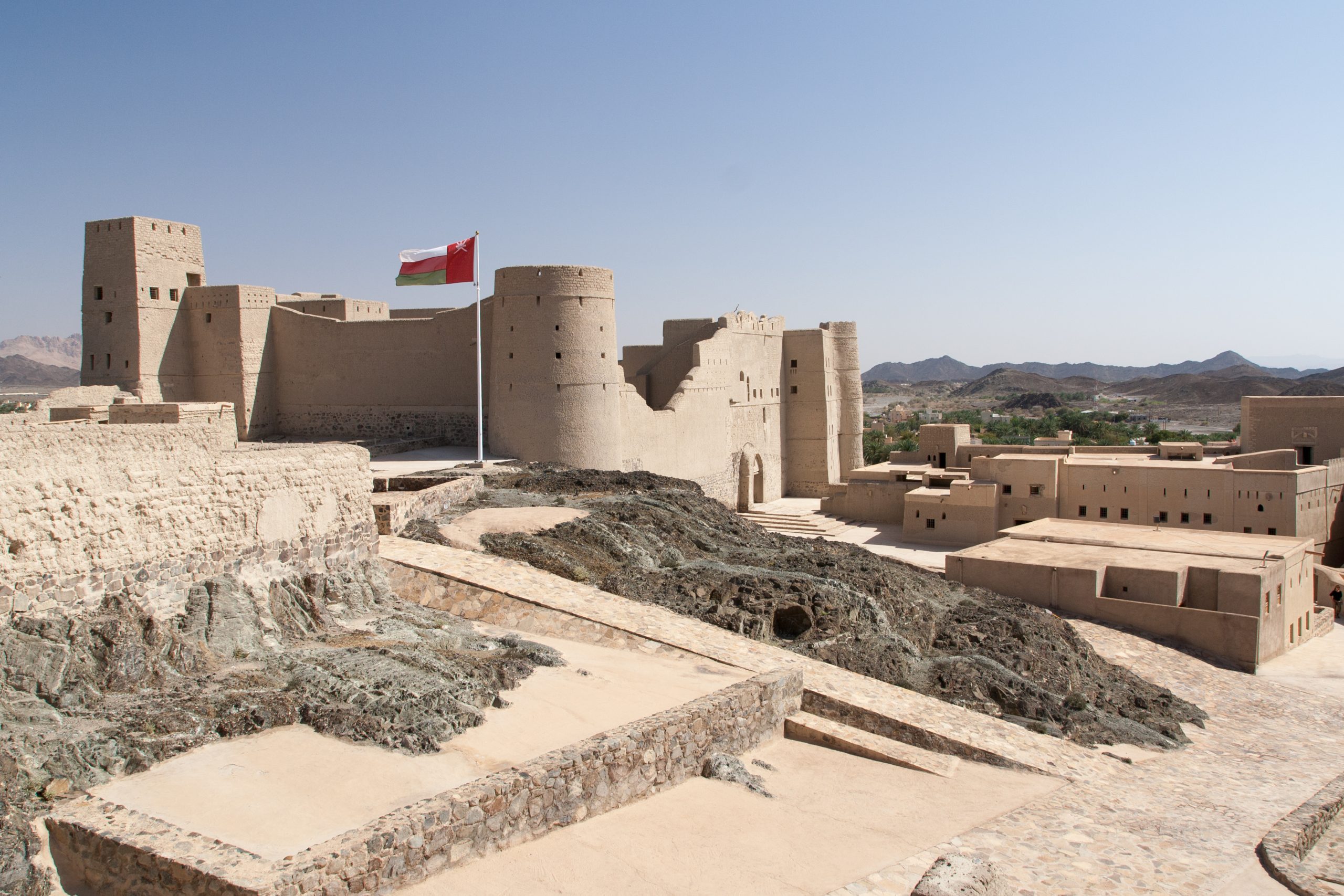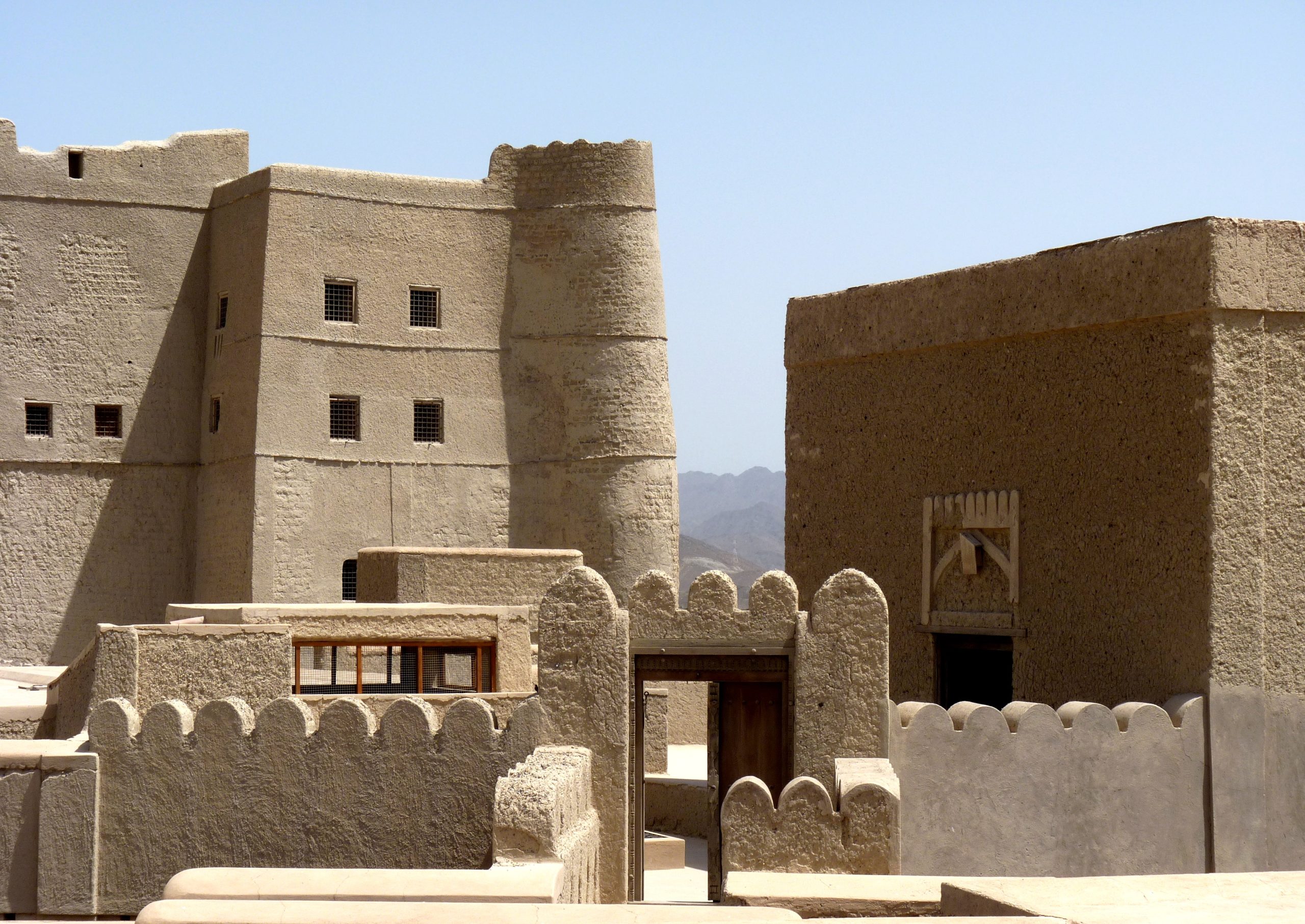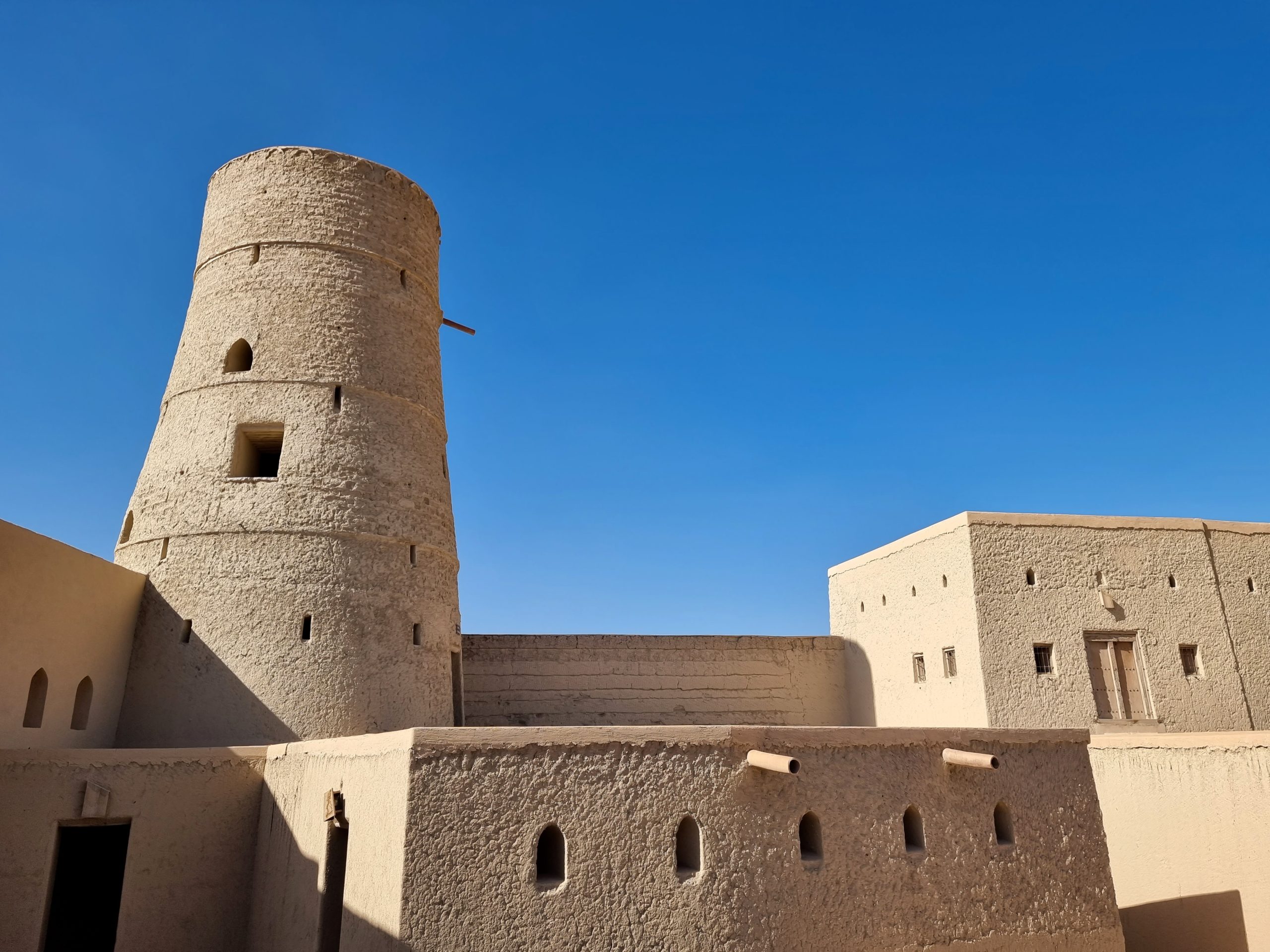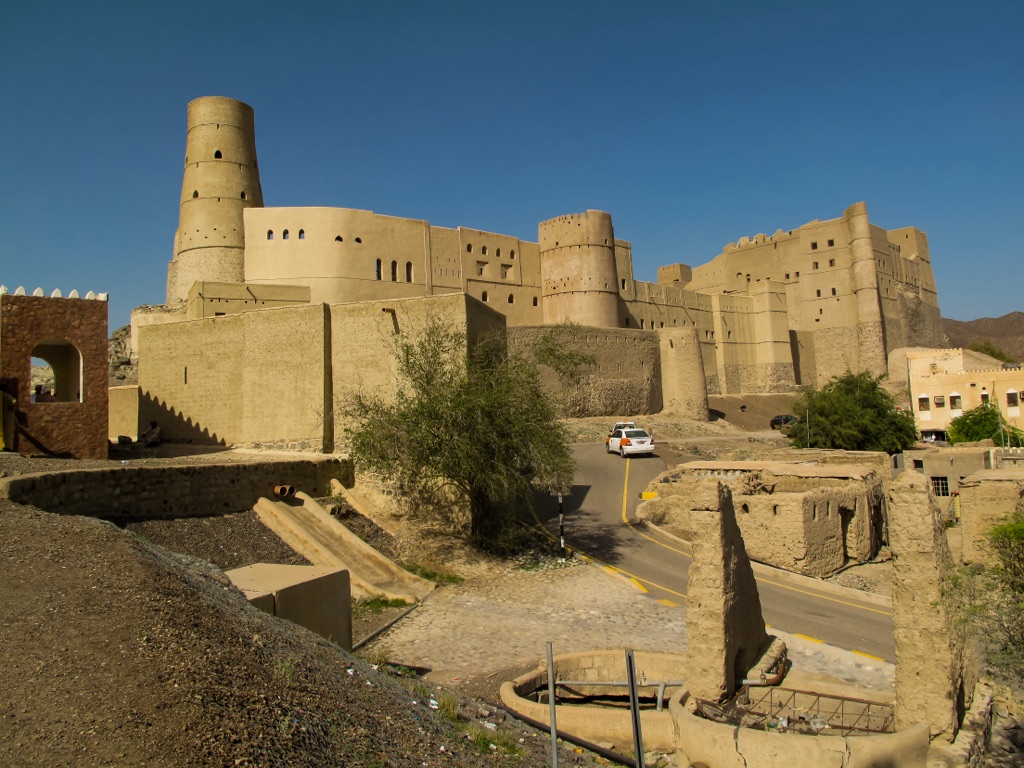Nestled in the oasis of the Dhakhiliyah region of Oman, Bahla Fort stands as a testament to the ingenuity of medieval Islamic architecture. This historic fortification, surrounded by a 12-kilometer wall, has been a UNESCO World Heritage site since 1987. It is one of the oldest and largest forts in Oman, with its origins dating back to the 13th century. Bahla Fort is a symbol of the Omani people’s heritage and their traditional skills in masonry and mud-brick construction.
Get your dose of History via Email
Historical Background of Bahla Fort
The discovery of Bahla Fort is not attributed to a singular event or person, as it has been a prominent landmark in the region for centuries. The fort was built by the Banu Nebhan tribe, who dominated the central Omani region from the 12th to the 15th centuries. The extensive walls of the fort, with its towers and gates, encompass an entire settlement with homes, mosques, and wells, indicative of a thriving community.
The fort’s strategic location made it a focal point for trade and an important center of Islamic learning. Over the centuries, Bahla Fort underwent numerous modifications and expansions. It reflects the power and influence of the imams of the Nabhani dynasty. The fort’s grandeur attracted many inhabitants, who maintained the fort’s legacy through continuous occupation.

Historically, Bahla Fort has witnessed significant events, including conflicts and sieges. It played a crucial role in the dynamics of regional power. The fort’s architecture and the surrounding oasis have been closely linked to the fort’s historical importance, serving as a hub for the caravan trade routes.
The fort fell into disrepair after the fall of the Nabhani dynasty. However, it regained prominence in the 17th century under the Ya’aruba dynasty. They undertook extensive restorations. The fort’s historical significance is also tied to its association with folklore and legends, including tales of magic and mysticism.
The fort’s historical narrative continued into the 20th century when it was the scene of a rebellion against the Sultan of Oman. This led to a blockade and eventual restoration efforts. Today, Bahla Fort stands as a monument to Oman’s rich history and cultural heritage, attracting visitors and scholars alike.

About Bahla Fort
Bahla Fort is a striking example of medieval Islamic fortification. Its walls are constructed from unbaked brick and stone, showcasing the traditional Omani architectural techniques. The fort’s design includes towers, gates, and a labyrinth of rooms and courtyards, each serving a specific function.
The fort’s robust walls have withstood the test of time, thanks to the use of sarooj, a traditional mortar resistant to heat and water. This material was a key component in the fort’s durability. The fort’s layout is a testament to the strategic military thinking of the time, with its defensive features designed to protect against invaders.

Architectural highlights of Bahla Fort include its impressive main entrance and the four-story residential palace. The palace features intricate wooden ceilings and beautifully carved doors. The fort also contains a mosque with a distinctive minaret, reflecting the religious significance of the site.
The fort’s construction methods and materials are a reflection of the ingenuity of Omani builders. They adapted to the harsh desert environment. The fort’s design also incorporates elements of the surrounding landscape, blending seamlessly with the oasis setting.
Restoration efforts have been ongoing since the 1980s to preserve Bahla Fort’s architectural integrity. These efforts ensure that future generations can appreciate this historic site. The restoration has been careful to maintain the original building techniques and materials, preserving the fort’s authenticity.
At a glance
Country: Oman
Civilization: Banu Nebhan tribe, later the Ya’aruba dynasty
Age: 13th century AD
Conclusion and Sources
The information in this article has been obtained from the following reputable sources:

